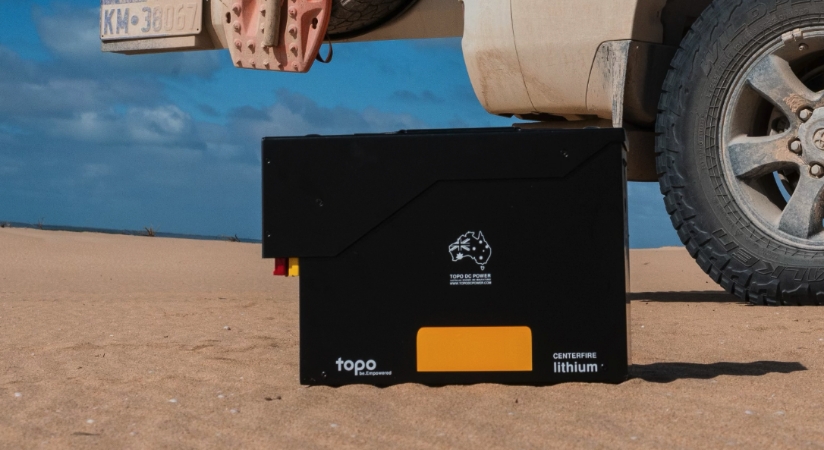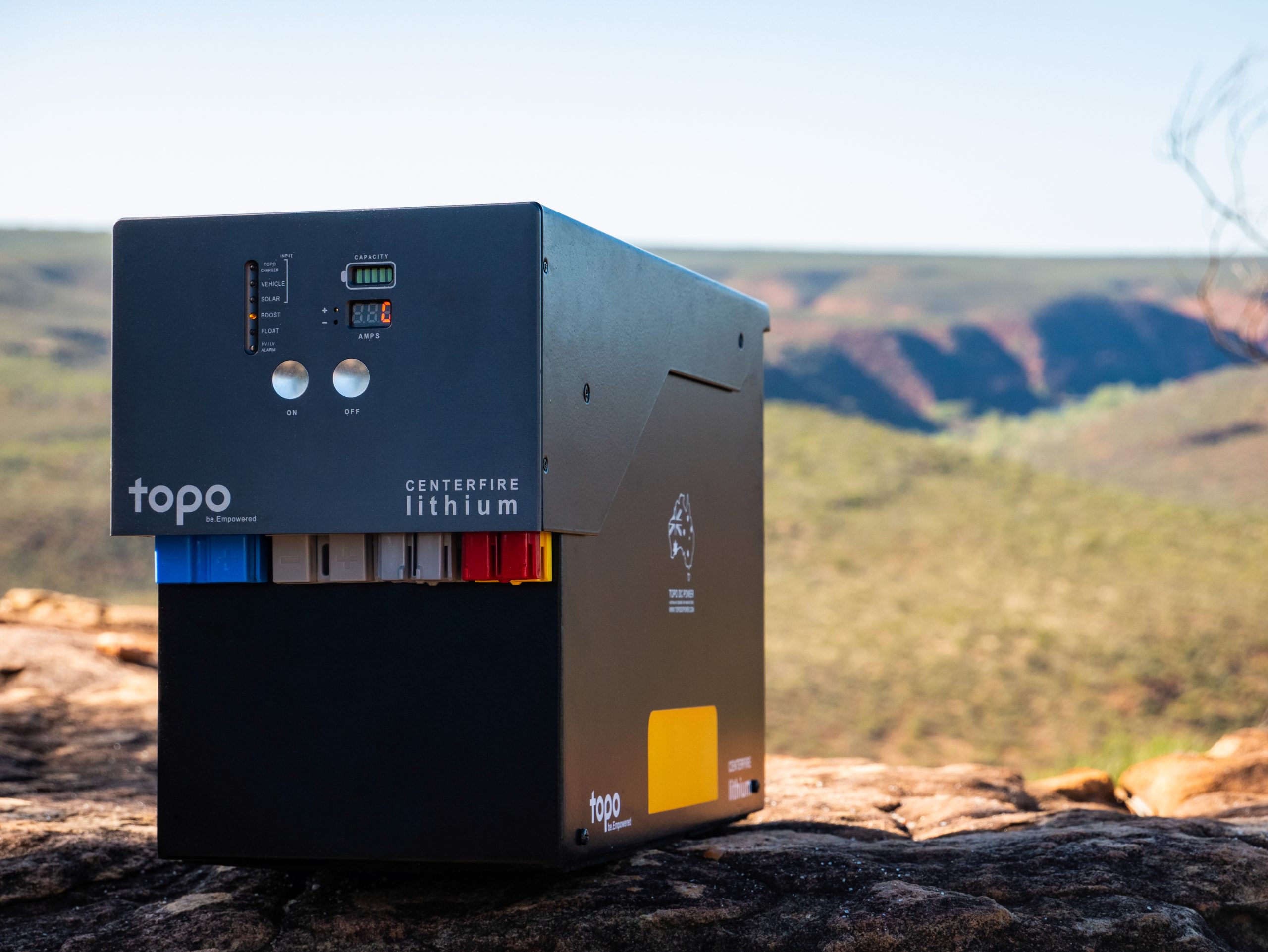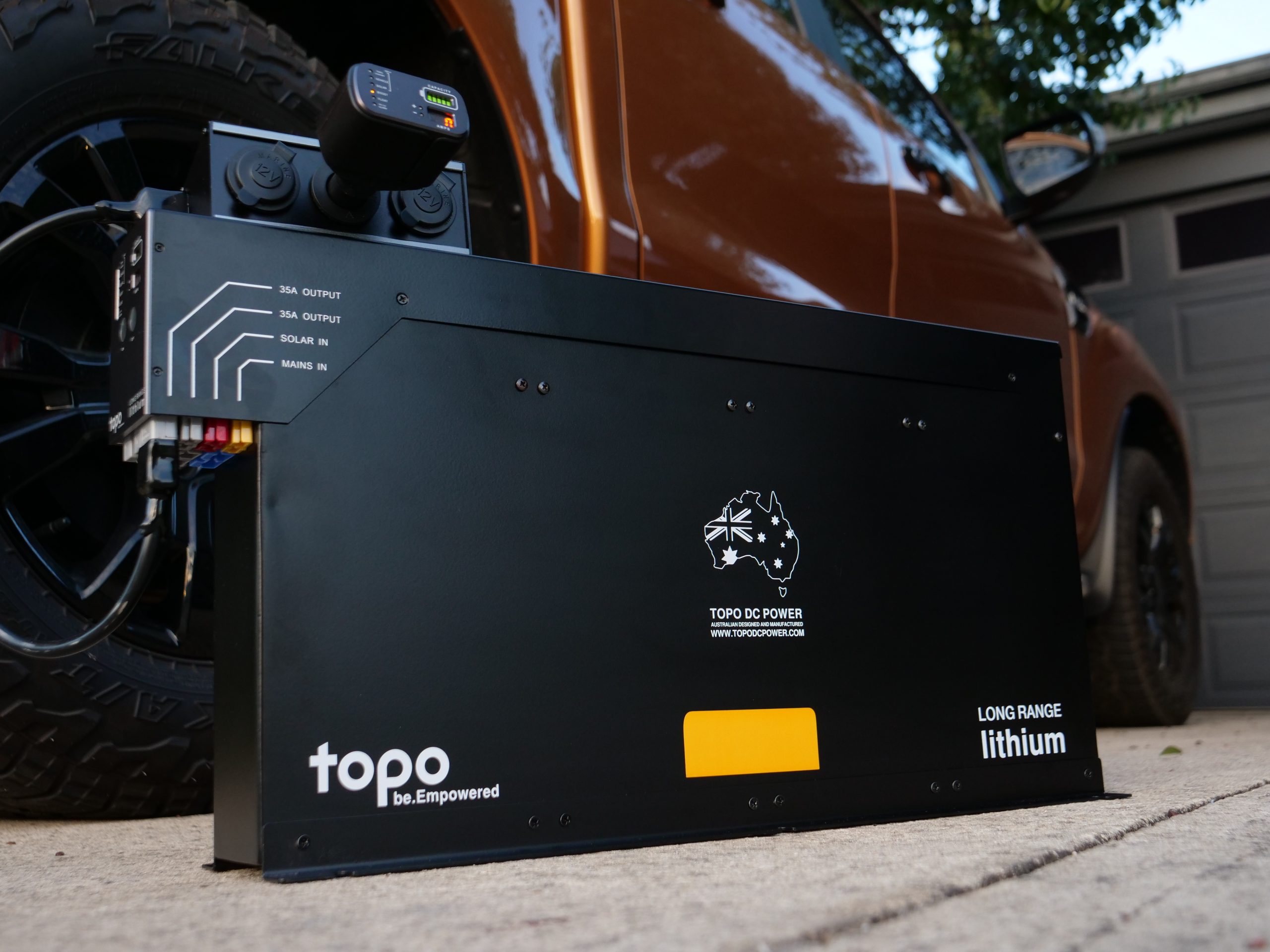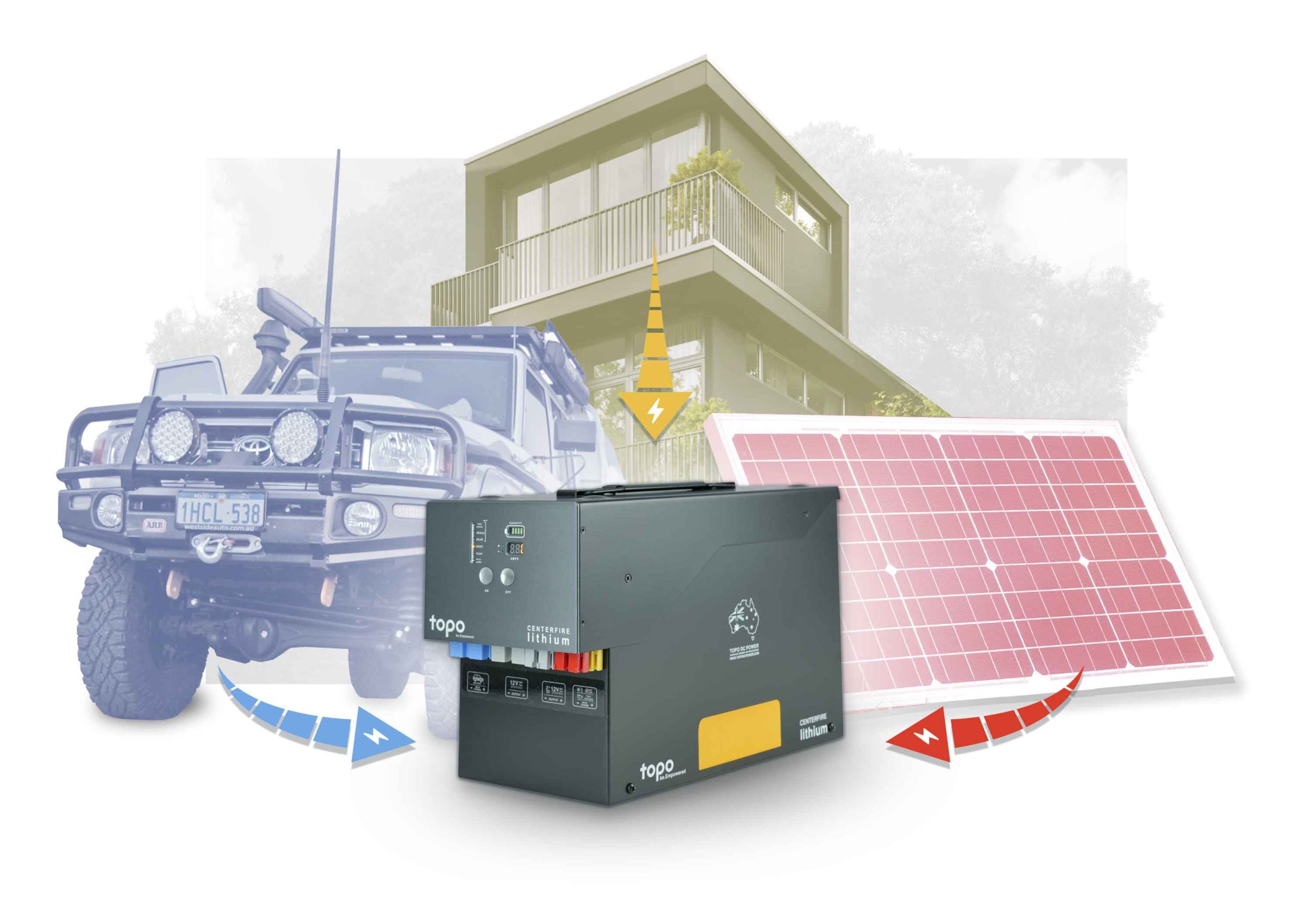When it comes to lithium batteries, safety is a major concern due to the potential for overheating, fire, and explosion. The safest lithium battery cells are those that are designed with built-in safety features to prevent these hazards.
Topo lithium systems use a high quality, A-Grade, Lithium Iron Phosphate (LiFePO4) prismatic cells. Widely used in electric vehicles, mining equipment, rail transportation, renewable energy storage and telecommunications sector. They are considered as one of the safest lithium-ion batteries among other lithium-ion batteries.
Lithium Iron Phosphate (LiFePO4) prismatic cells are a type of lithium-ion battery that use a lithium iron phosphate cathode and a carbon anode. They are known for their high energy density, long cycle life, and high thermal stability, making them a popular choice for a wide range of applications, including electric vehicles, renewable energy storage systems, and portable electronic devices.
Prismatic cells are so called because they are made in a rectangular shape, which is different than having many small cylindrical shape cells.
Some of the key features and benefits of LiFePO4 prismatic cells include:
- High energy density: LiFePO4 prismatic cells have a relatively high energy density, which allows for a smaller and lighter battery pack for a given energy storage capacity.
- Long cycle life: LiFePO4 prismatic cells have a long cycle life, which means that they can be charged and discharged many times without losing capacity.
- High thermal stability: LiFePO4 prismatic cells have a high thermal stability, which means that they are less likely to overheat or catch fire.
- Low self-discharge rate: LiFePO4 prismatic cells have a low self-discharge rate, which means that they lose less capacity when they are not in use.
- Low toxicity: LiFePO4 prismatic cells are made with non-toxic materials, which makes them safer for the environment.
- Wide operating temperature range: LiFePO4 prismatic cells can operate in a wide temperature range, which makes them suitable for use in a variety of environments.
It’s important to note that even with the safest lithium battery cells, proper usage and maintenance are crucial to ensure safety. It is recommended to use lithium batteries with built-in protection circuit module (PCM) or battery management system (BMS) to ensure the safe operation and prolong the life of the battery.












